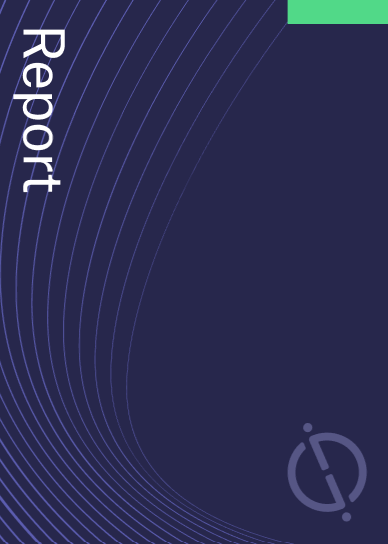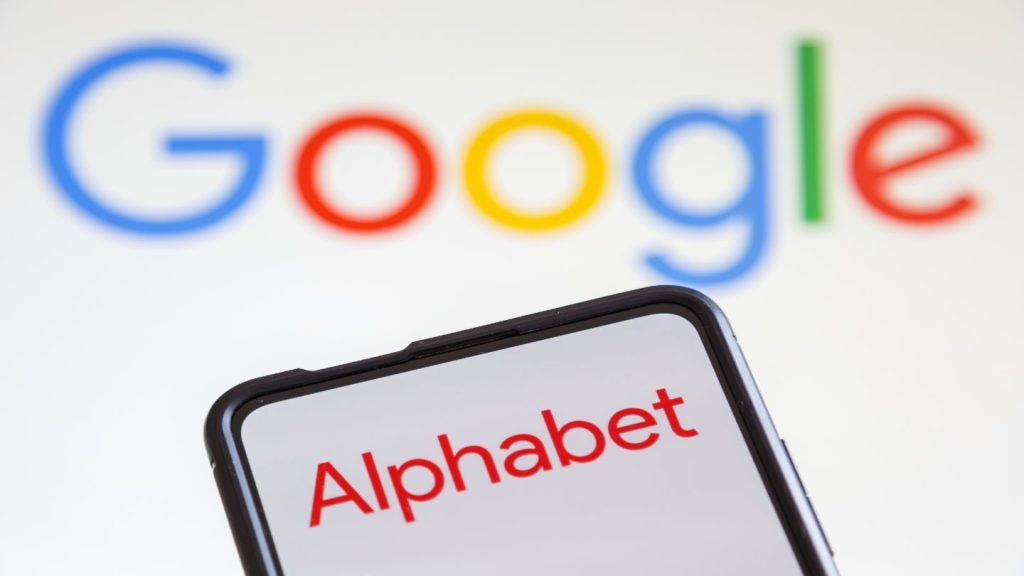Workday has been granted a patent for a system that allows for the rendering of proposed organization charts. The system includes an interface and a processor that determine the rendering location for each entity of the proposed organization chart and consolidate actions to create a net action queue. The system then applies this net action queue to an original organization chart to obtain the proposed organization chart and renders it. The system also includes features for validating organization chart actions and updating the net action queue accordingly. GlobalData’s report on Workday gives a 360-degree view of the company including its patenting strategy. Buy the report here.
According to GlobalData’s company profile on Workday, Blockchain-based property authentication was a key innovation area identified from patents. Workday's grant share as of September 2023 was 75%. Grant share is based on the ratio of number of grants to total number of patents.
System for rendering and validating proposed organization charts


A recently granted patent (Publication Number: US11775914B1) describes a system for rendering organization charts. The system includes an interface for receiving a request to render a proposed organization chart. A hardware processor is used to determine the rendering location for each entity of the proposed organization chart and select a rendering subset of entities within a display area. The processor scans an action queue to consolidate actions and creates a net action queue for the rendering subset. This net action queue is then applied to an original organization chart to obtain the proposed organization chart, which is then rendered.
The system also allows for the validation of organization chart actions. When an organization chart action is validated, it is added to the action queue and the net action queue is redetermined. The original organization chart, action queue, and net action queue are stored in memory. The processor is further configured to determine rendering locations for the entities of the proposed organization chart and the display area for the chart.
The patent also mentions that the original organization chart can be stored by another system. The consolidation of actions for the net action queue involves determining net changes for each entity of a subset of entities in the original organization chart. This is done by processing each action of the action queue in sequence. The net action queue is then applied to the original organization chart by applying the net changes to each element of the chart.
In addition to the system, the patent also describes a method and a computer program product for rendering organization charts. The method involves similar steps as the system, including determining the rendering subset, creating the net action queue, applying it to the original organization chart, and rendering the proposed organization chart. The computer program product includes computer instructions for performing these steps.
Overall, this patent presents a system, method, and computer program product for efficiently rendering organization charts by determining rendering locations, consolidating actions, and applying net changes to an original chart. This technology could potentially improve the process of creating and visualizing organization charts in various industries and applications.
To know more about GlobalData’s detailed insights on Workday, buy the report here.
Data Insights
From

The gold standard of business intelligence.
Blending expert knowledge with cutting-edge technology, GlobalData’s unrivalled proprietary data will enable you to decode what’s happening in your market. You can make better informed decisions and gain a future-proof advantage over your competitors.







